Nearly all of our world has been mapped by Google and although that includes North Korea this still leaves a lot to be desired when it comes to the most steadfastly secretive country on Earth.
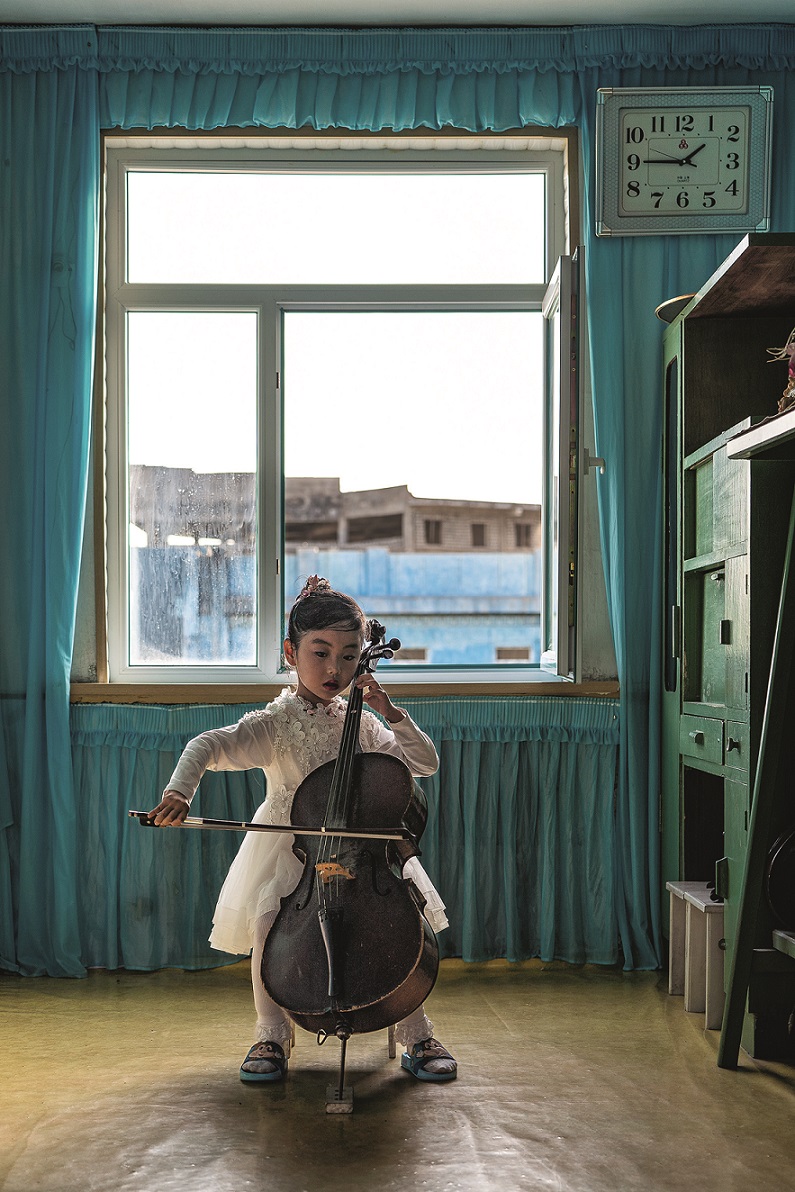
Sean Sheehan
What we think we know about the place seems to be mostly a ragbag of opinion, fake news and hearsay. The virtue of “North Korea: the people’s paradise” is that text is kept to a minimum, allowing attention to focus on over a hundred photographs taken by Tariq Zaidi when he travelled around the country.
Each photograph has its own page (19 x 27 cm) or, like the one of men picnicking near a pool, fills a spread to cover two pages.
Captions are kept at the back of the book and record basic information like the fact that the men are picnicking near the Ulim Waterfalls.
The waterfall is a tourist site, named after the Korean word for echo because of the way its rumbling sound can be heard within a four-kilometre radius, and this adds to the sheer ordinariness of the scene.
Another photo, a young girl playing a cello in kindergarten, is as endearing a shot from North Korea as it would be from anywhere else in the world. A city view from a tower in Pyongyang takes in blocks of apartments, painted in different colours, with a monument of hands holding a hammer, a sickle and brush (worker, farmer and an intellectual).
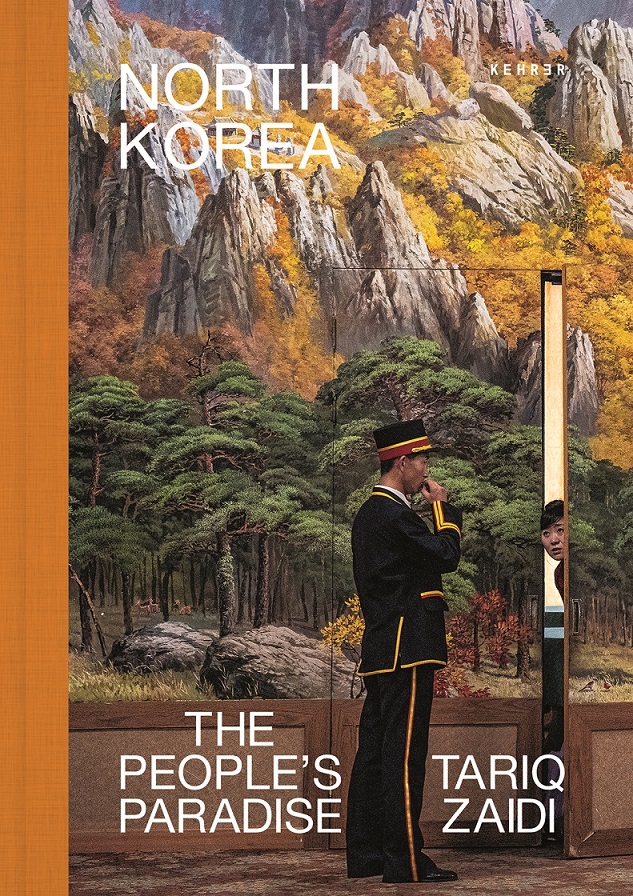 Tariq Zaidi is a highly accomplished, London-based photographer whose first book, “Sapeurs: Ladies and Gentlemen of the Congo” (2020), a visual treat, was followed by the release of a book about human rights issues in El Salvador.
Tariq Zaidi is a highly accomplished, London-based photographer whose first book, “Sapeurs: Ladies and Gentlemen of the Congo” (2020), a visual treat, was followed by the release of a book about human rights issues in El Salvador.
There is no mistaking his commitment to seeking out and showing, as a press release puts it, “the dignity, strength, and soul of people in their environments. His photography focuses on critical social issues, systemic inequalities, cultural traditions, and marginalized communities worldwide.”
It could be said that North Korea has marginalized itself but the ‘international community’ – the laughably small number of countries supporting the genocide in Gaza – is decidedly hostile to the independence of North Korea.
Moreover, the country is not cut off to the world, anyone can visit except South Koreans (most journalists tend not to be welcomed), and there are plenty of accounts by individuals who have visited the country. Guided tours are mandatory but then this is also the case with Bhutan.
In South Korea, I visited the demilitarized zone in 2022 and dutifully looked through the high-powered binoculars pointing, on a viewing platform, to the other half of the country. A North Korean farmer could be seen walking across a field and someone else cycling past on a road. Ant-like figures in a landscape, their presence accentuated my state of knowing virtually nothing about the country and its people.
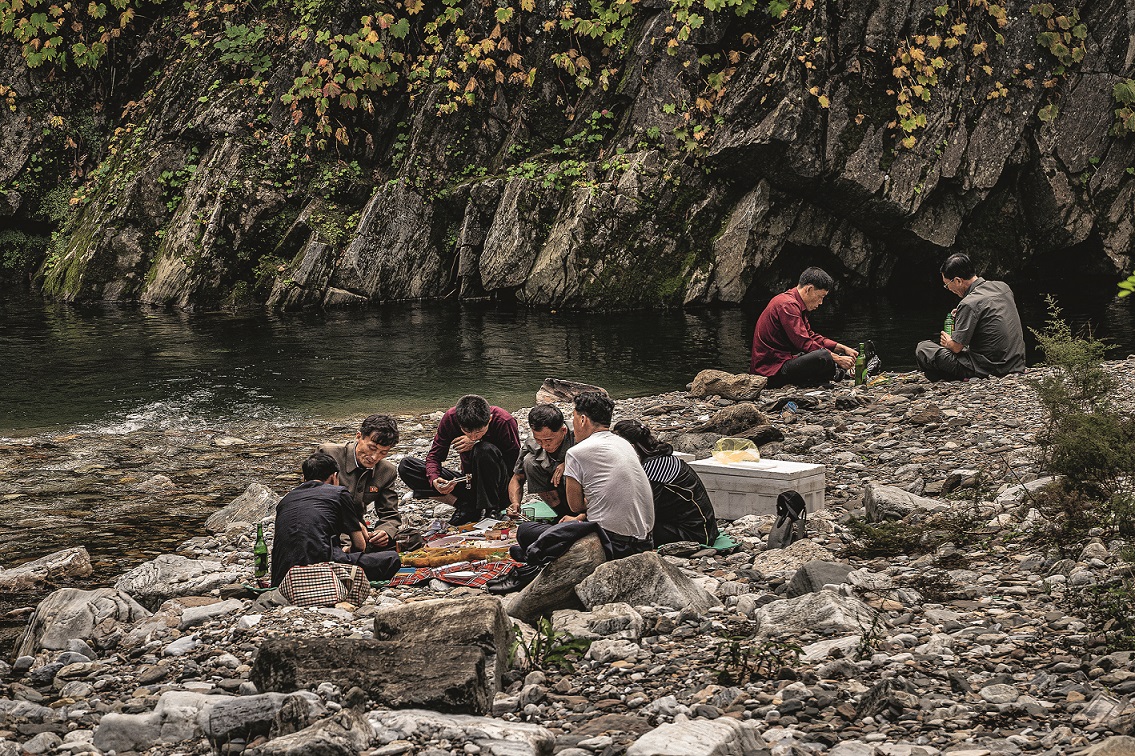
Zaidi’s photo of a porter and a woman in a hotel shows them in a conversation we are not party to; our curiosity is aroused, just as it is with most aspects of the country.
“North Korea: the people’s paradise” by Tariq Zaidi is published by Kehrer Verlag.
(Photos supplied by the publisher and authorised for publication.)
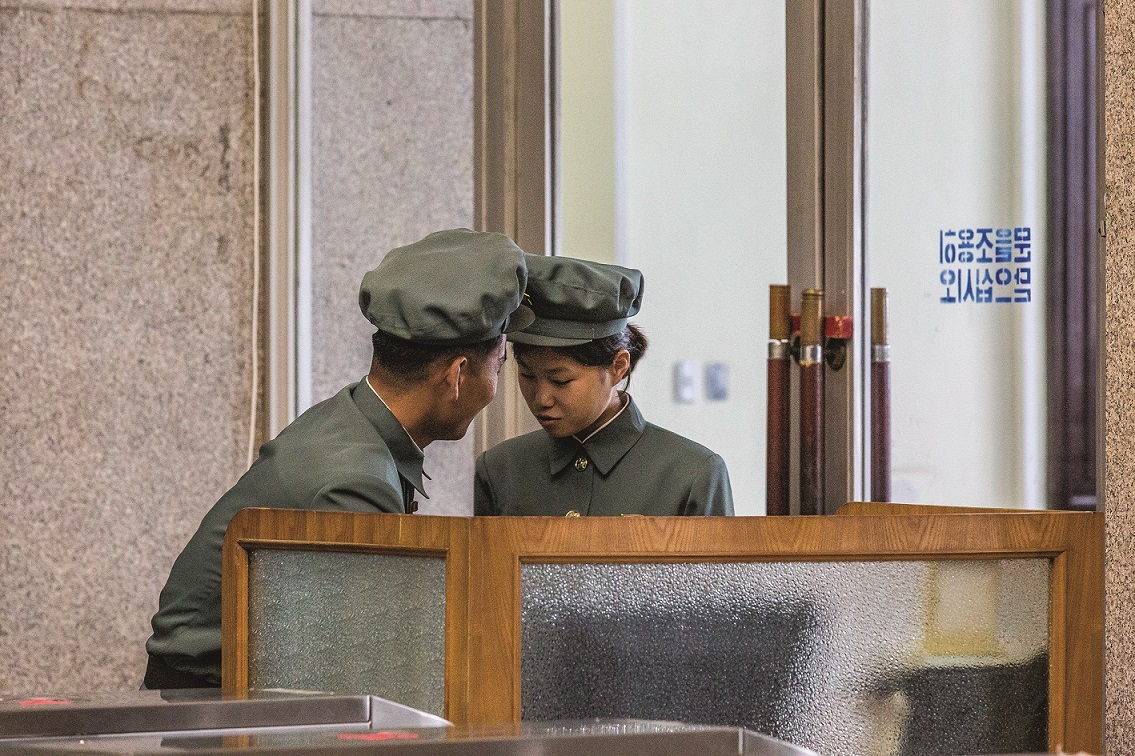
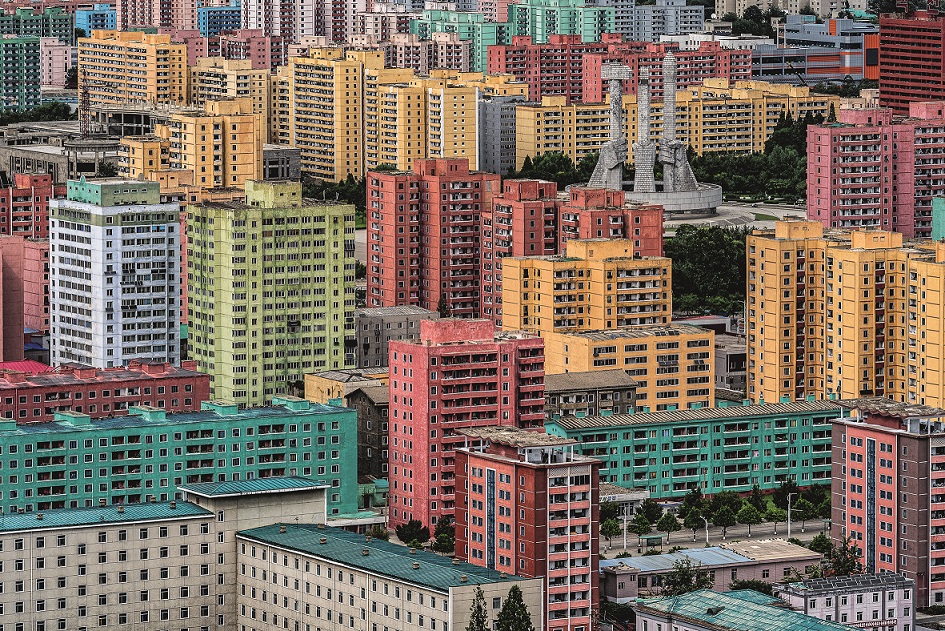












.jpg)












